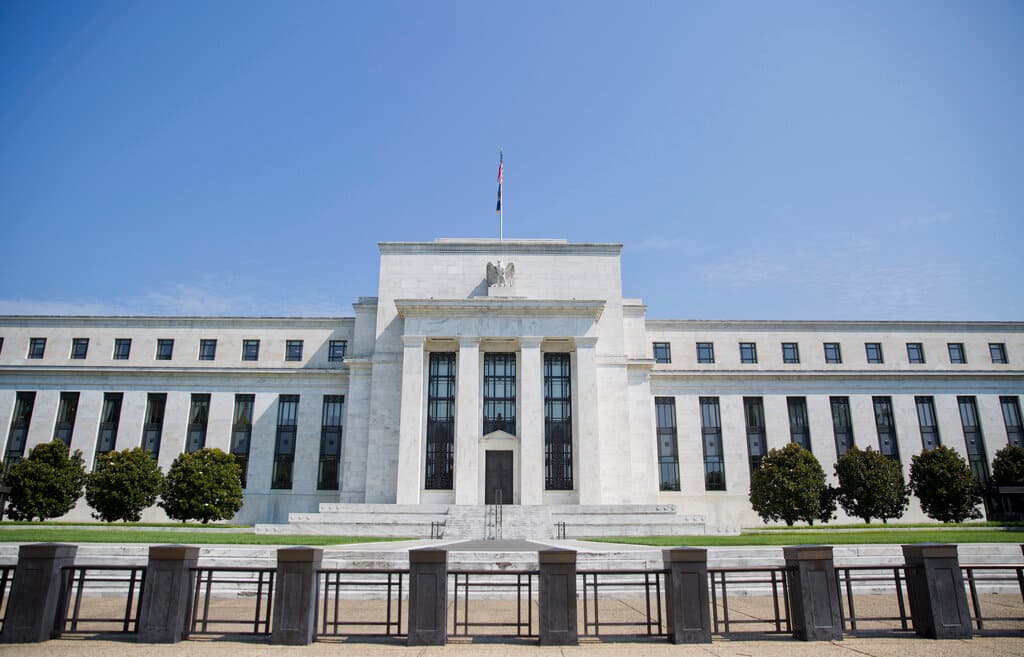The Nonsense Surrounding the Federal Reserve
The latest Fed mantra is that it has to tighten much, much more, because financial conditions are easing. This is not true. For one thing, the Fed is focusing on the wrong measure of financial conditions.

So, I’ve already spent a couple days beating up on President Biden’s terrible and dishonest big-government socialism State of the Union message, and then there’s his dishonest distraction about Republicans cutting Social Security and Medicare.
Please check your email.
A verification code has been sent to
Didn't get a code? Click to resend.
To continue reading, please select:
Enter your email to read for FREE
Get 1 FREE article
Join the Sun for a PENNY A DAY
$0.01/day for 60 days
Cancel anytime
100% ad free experience
Unlimited article and commenting access
Full annual dues ($120) billed after 60 days

